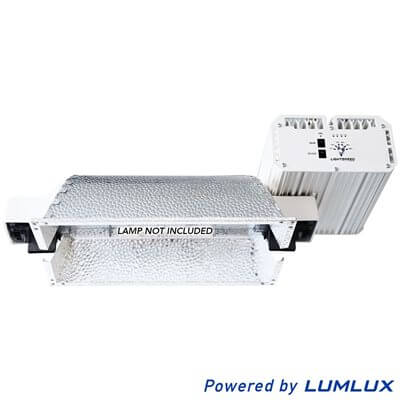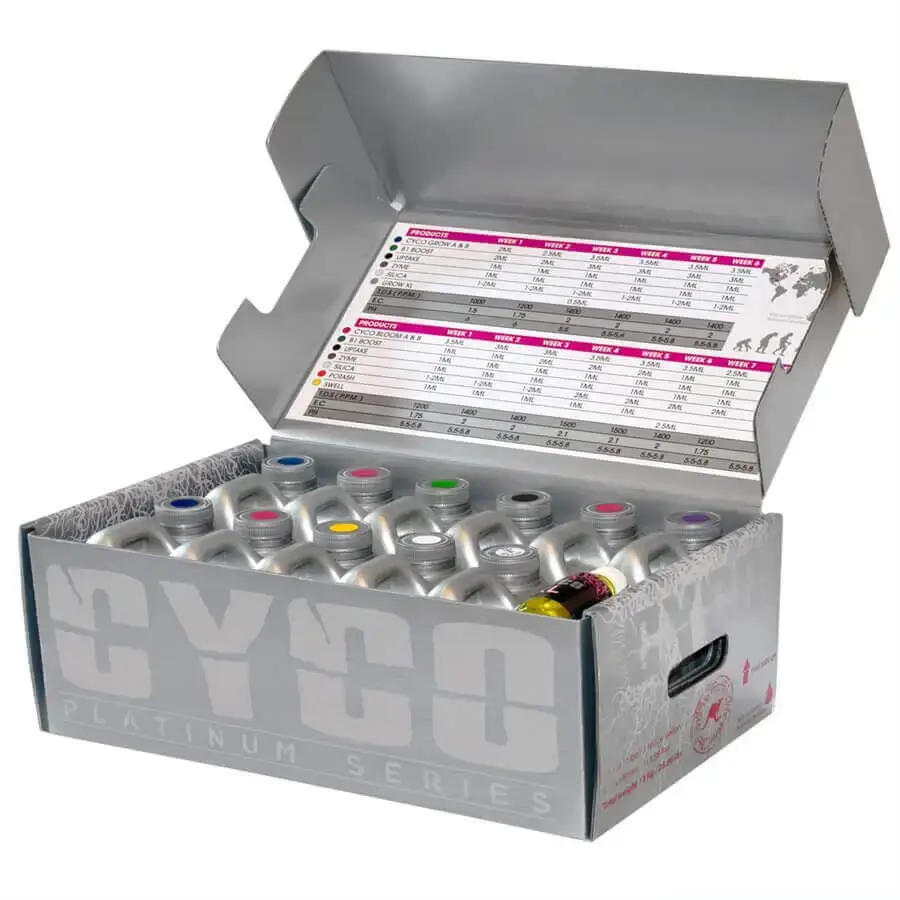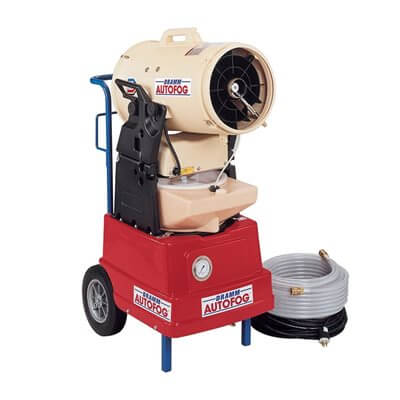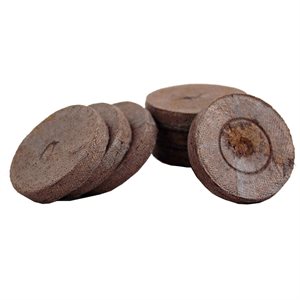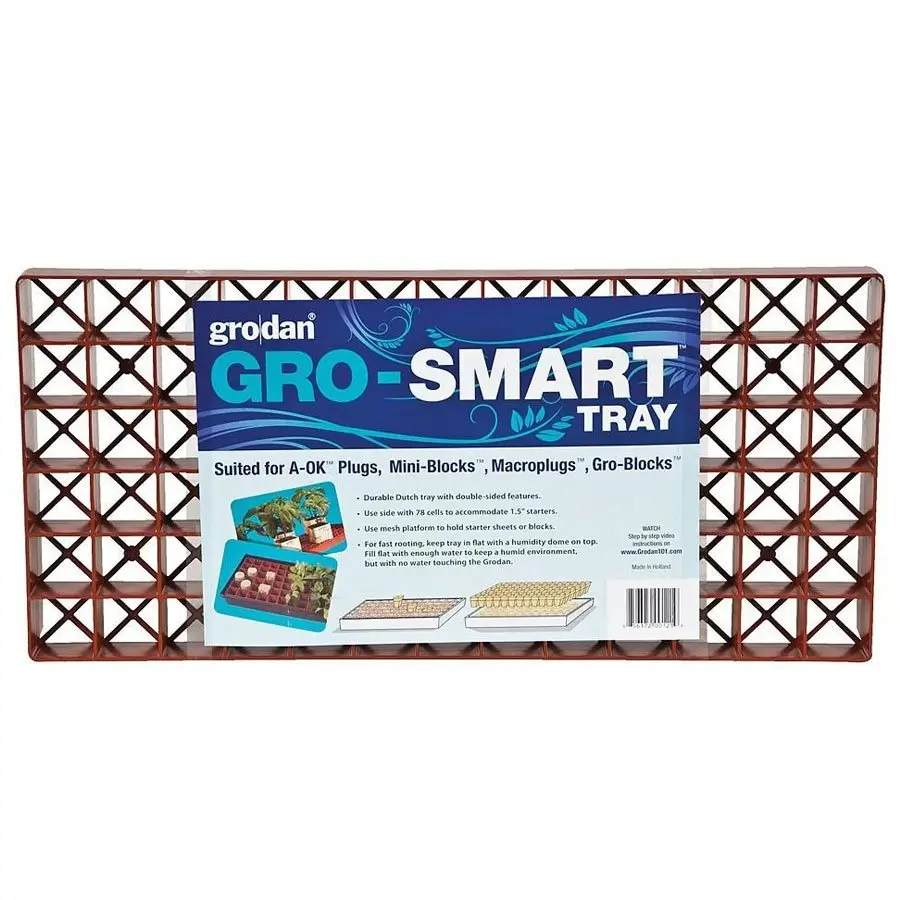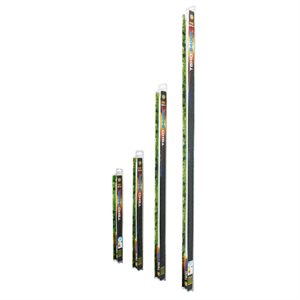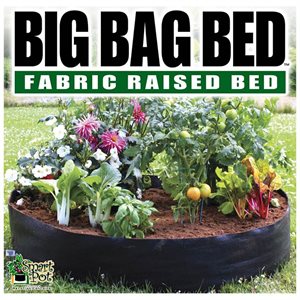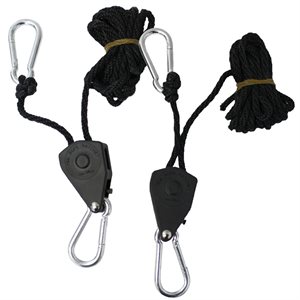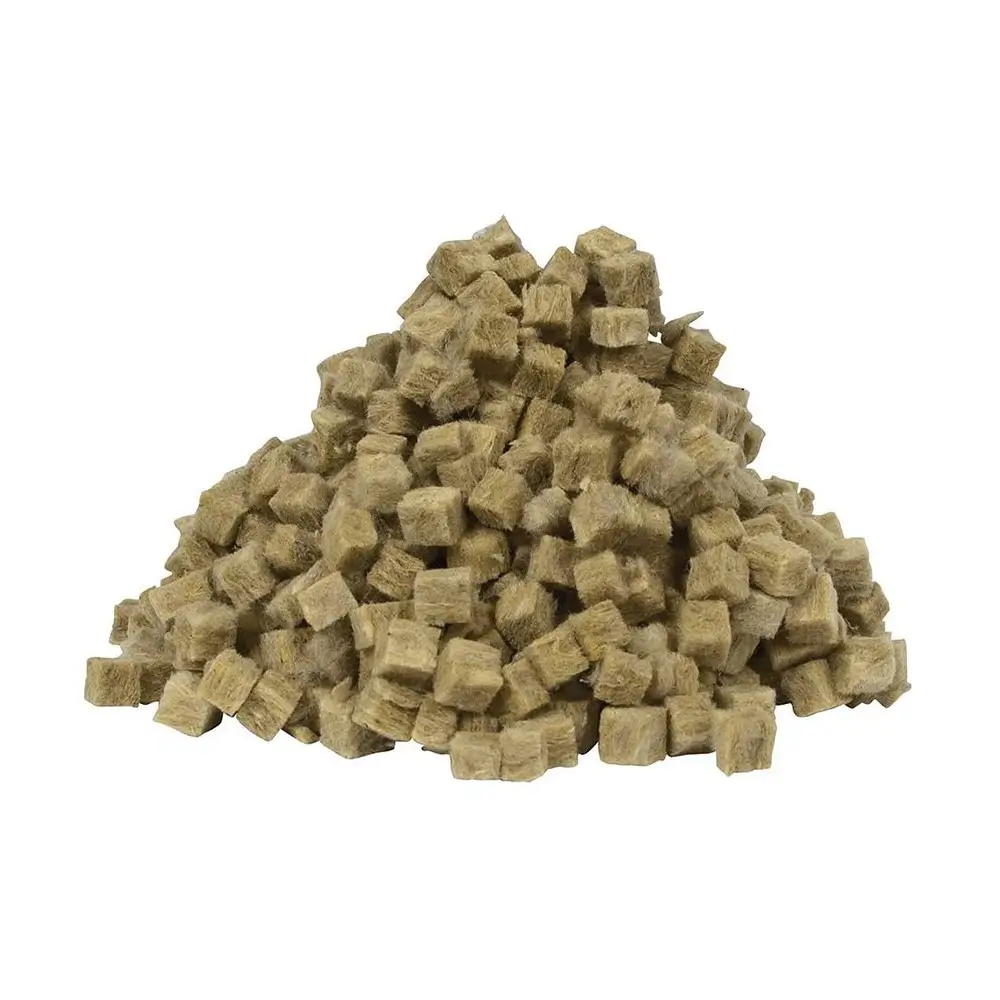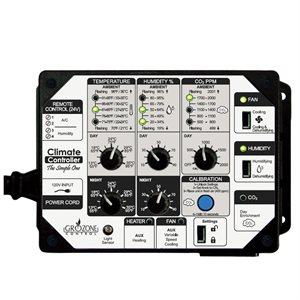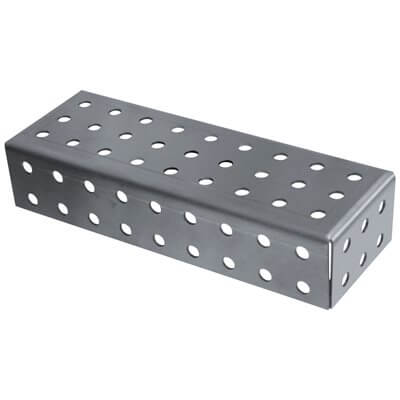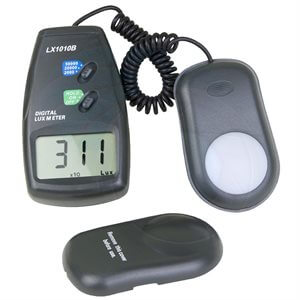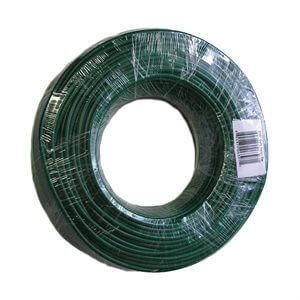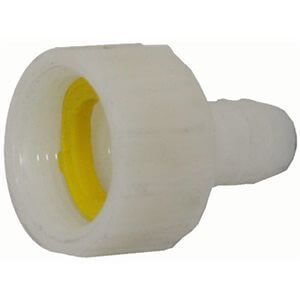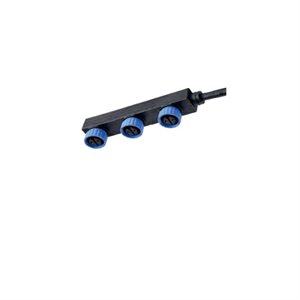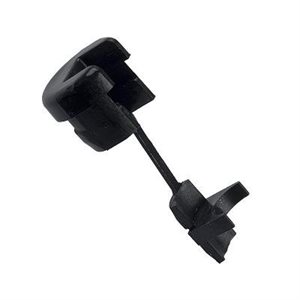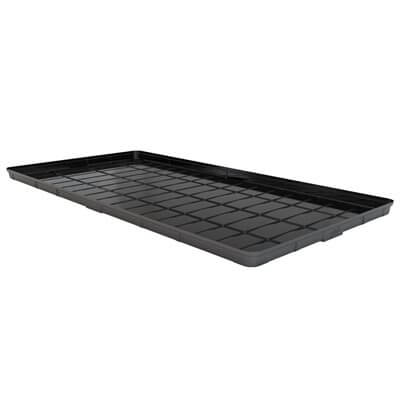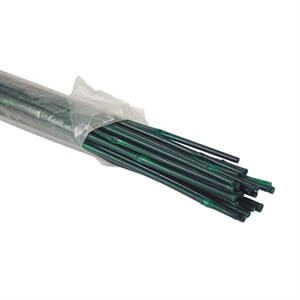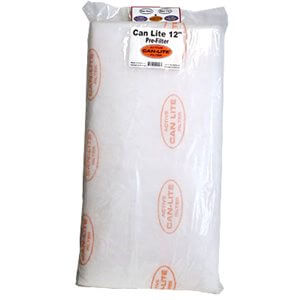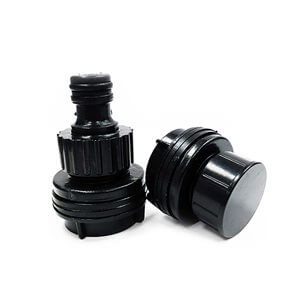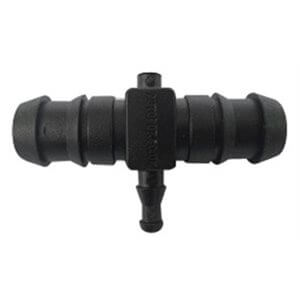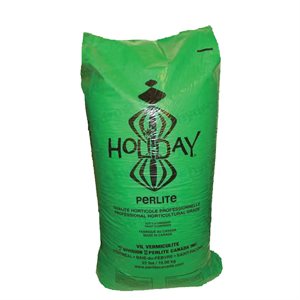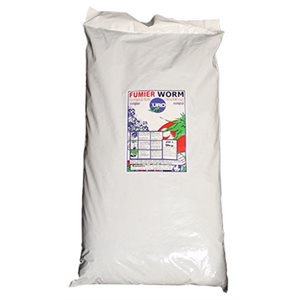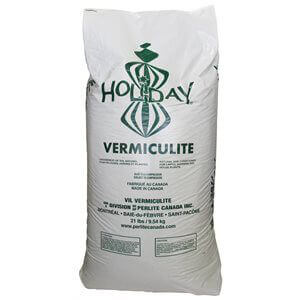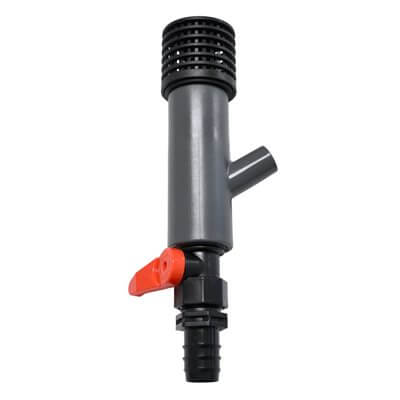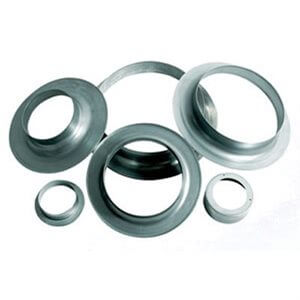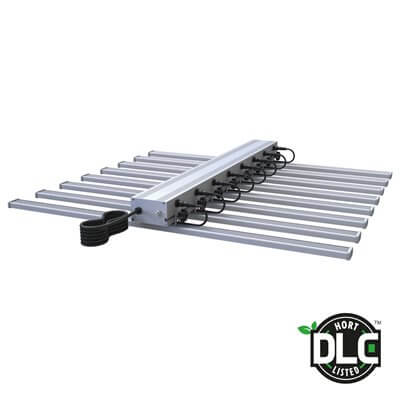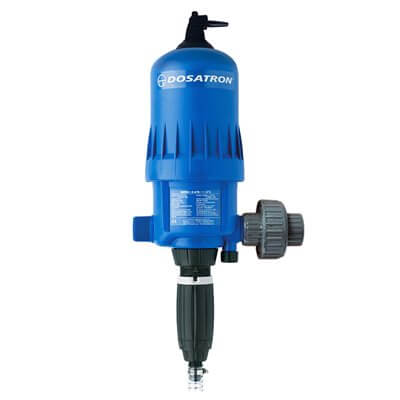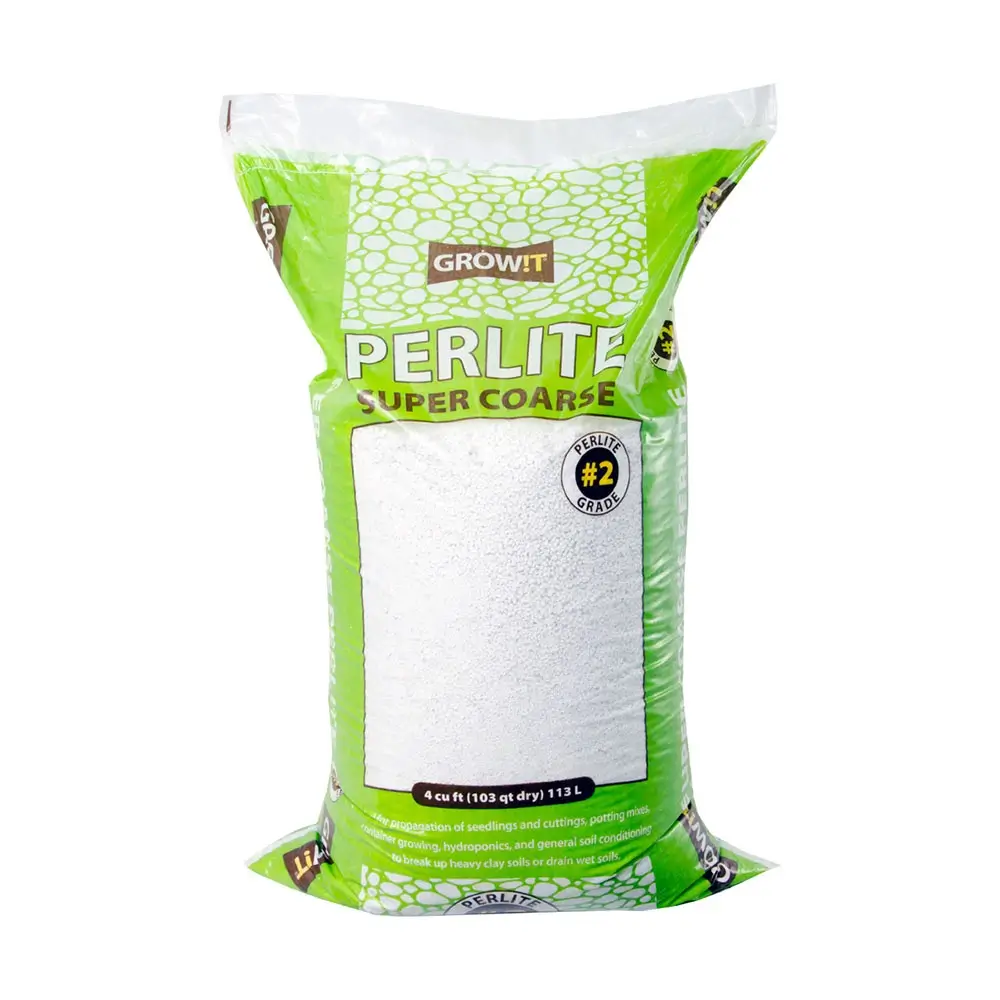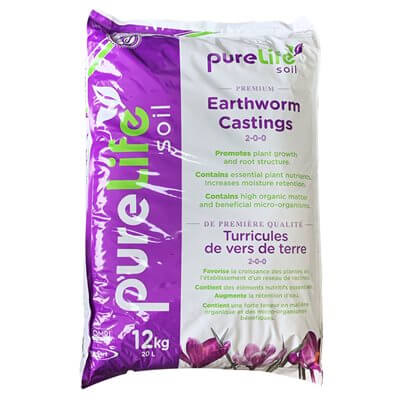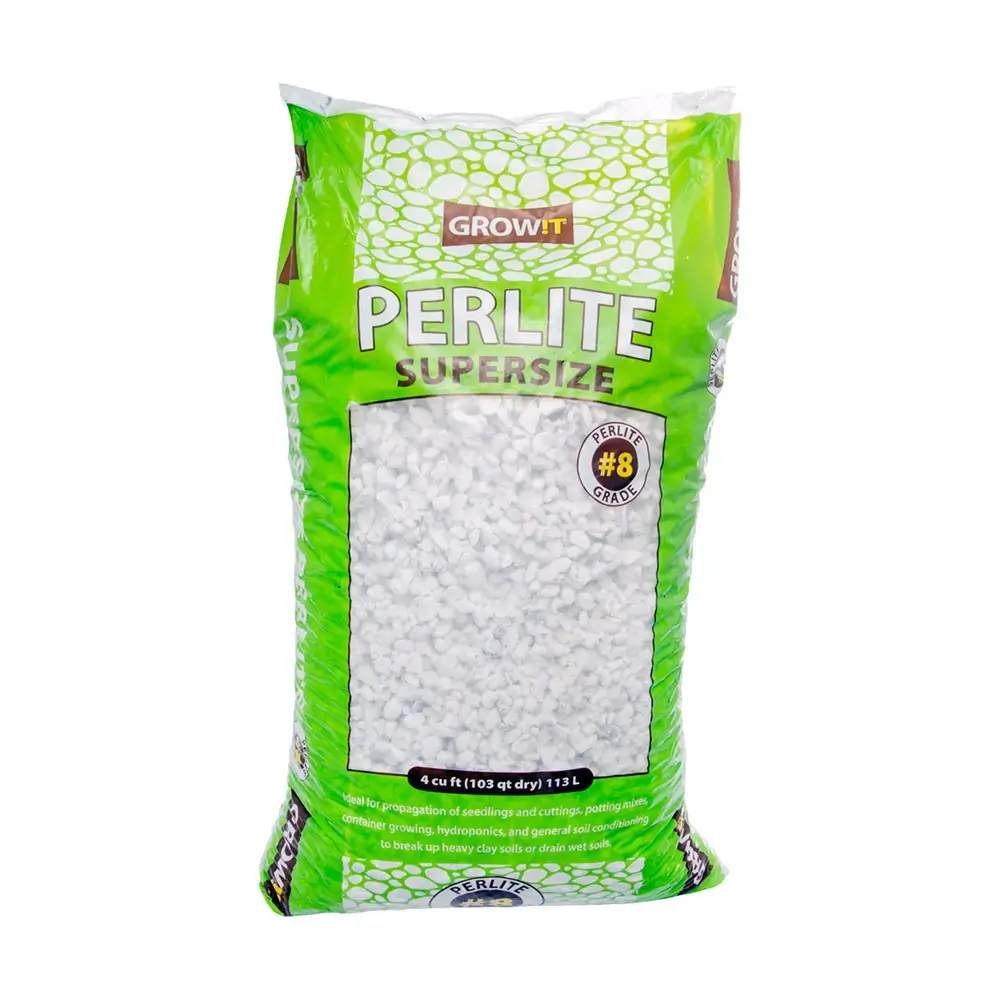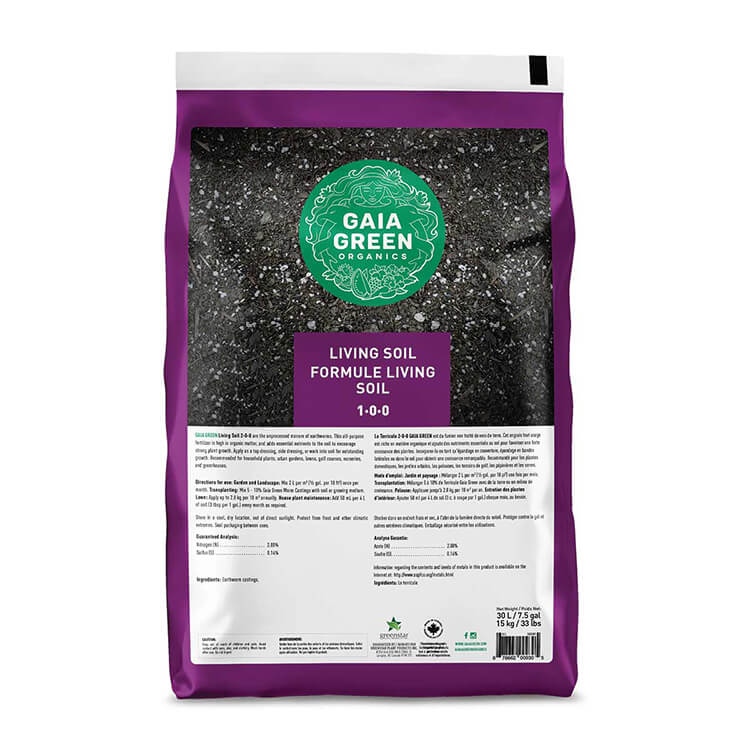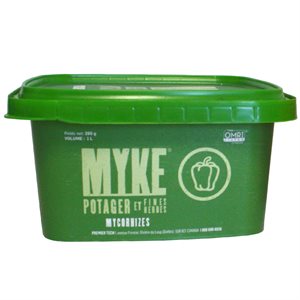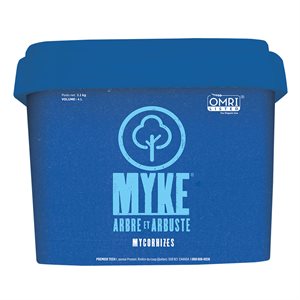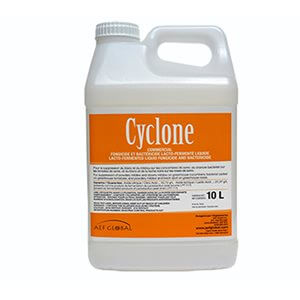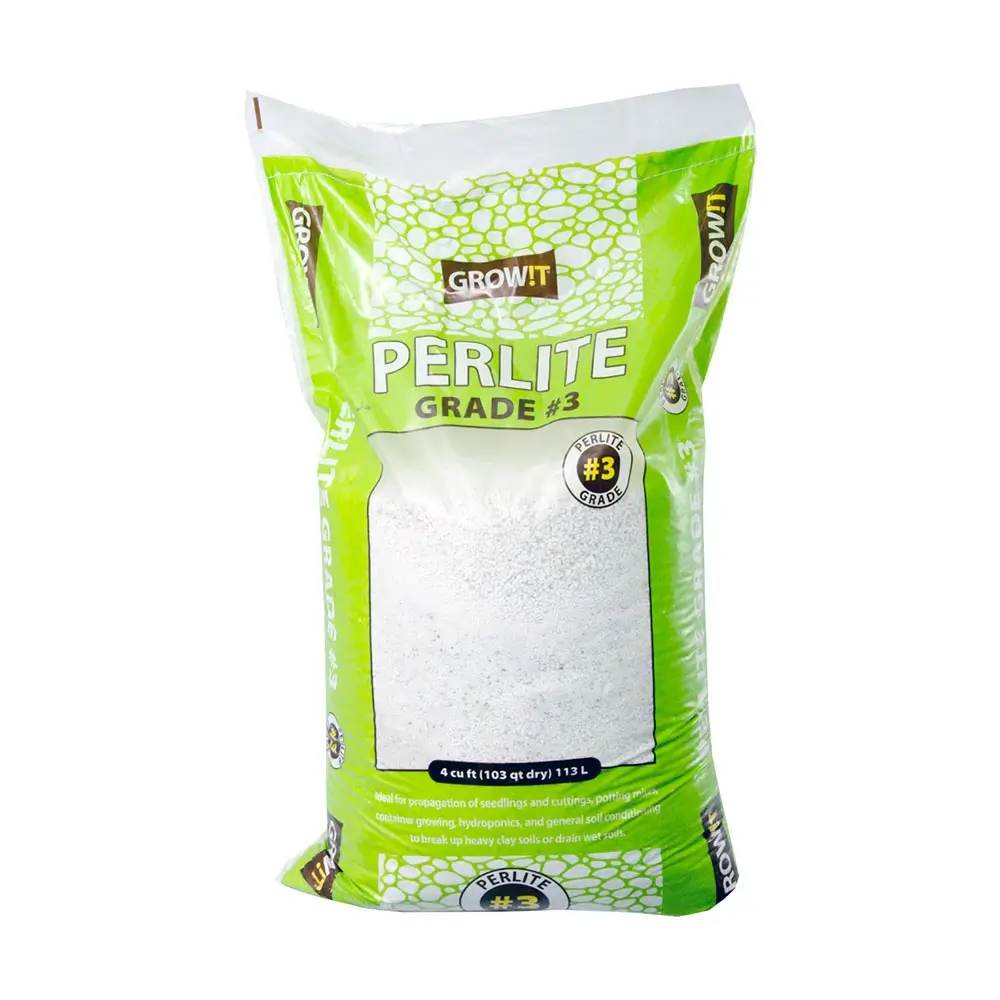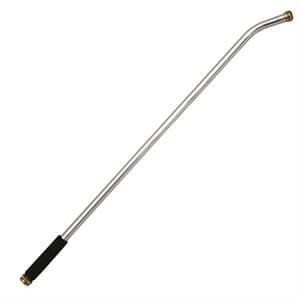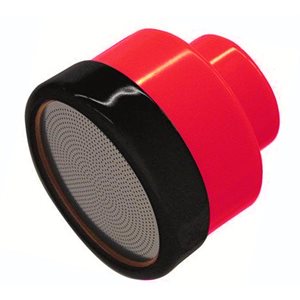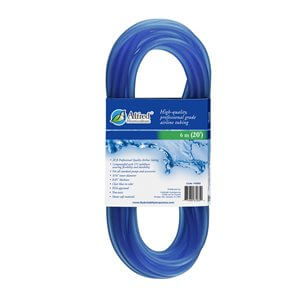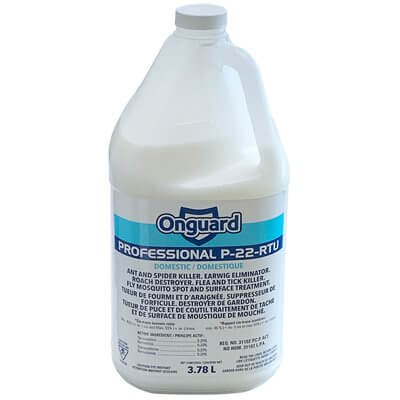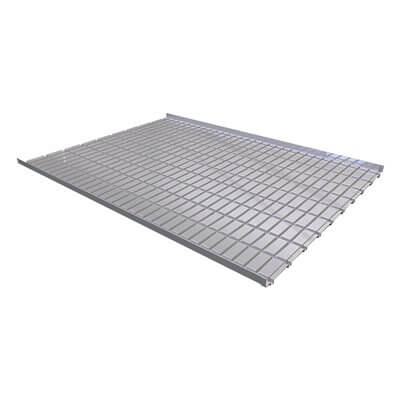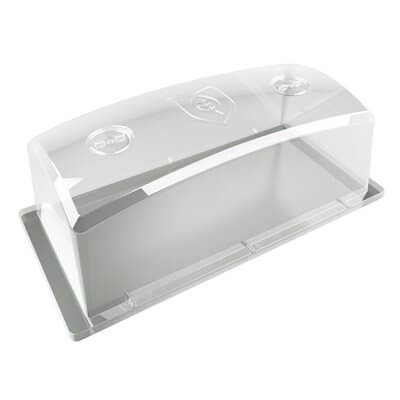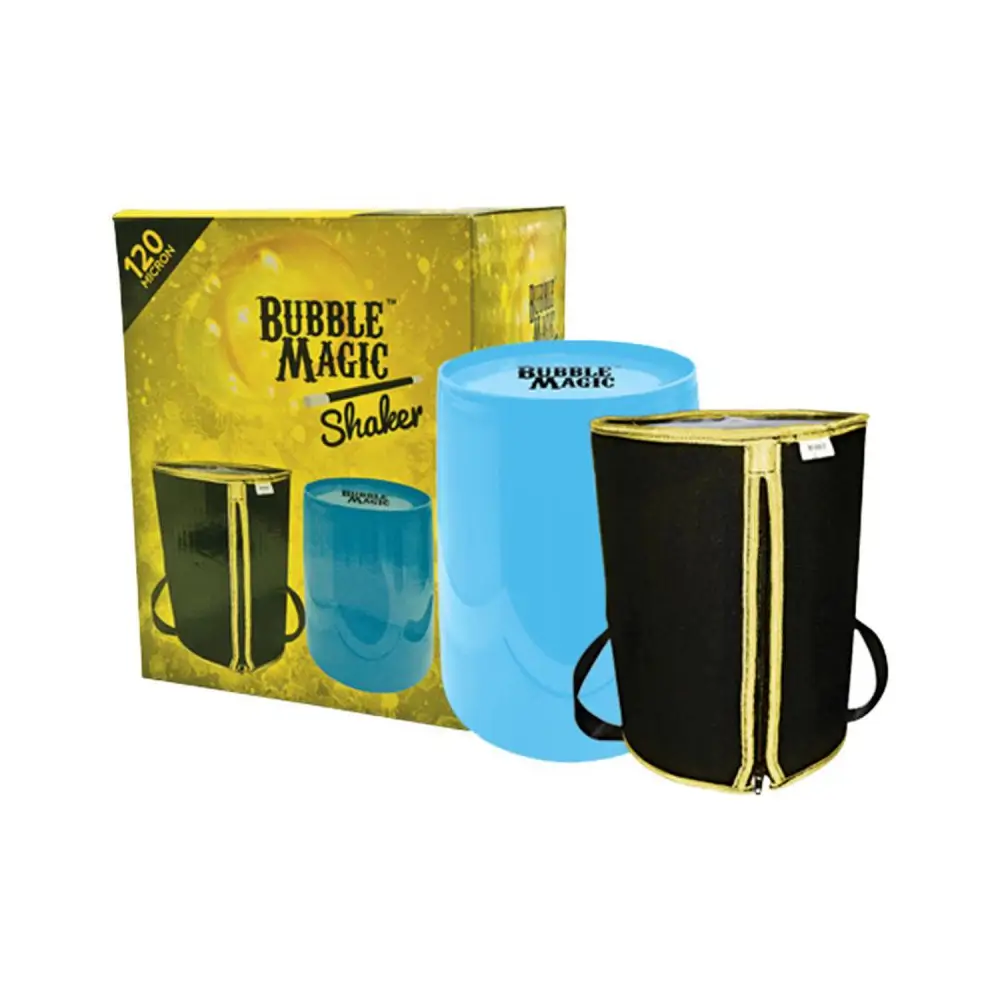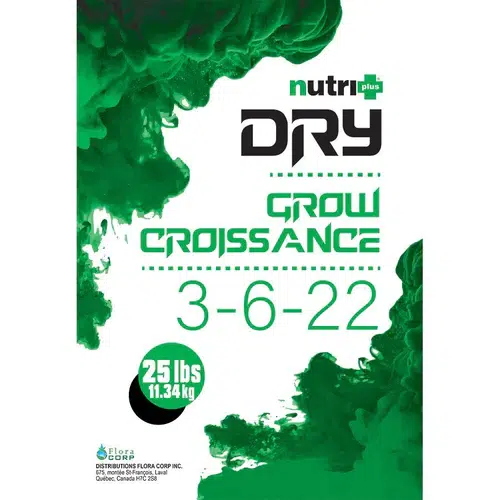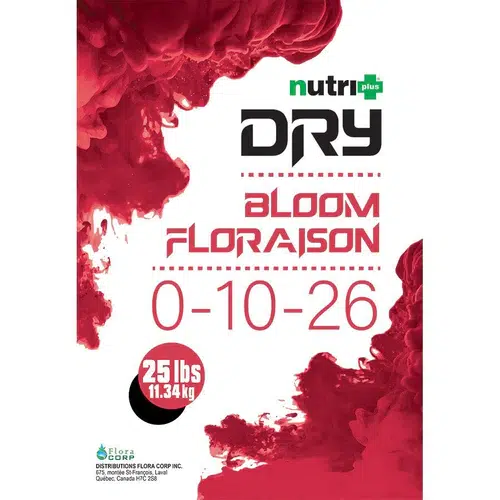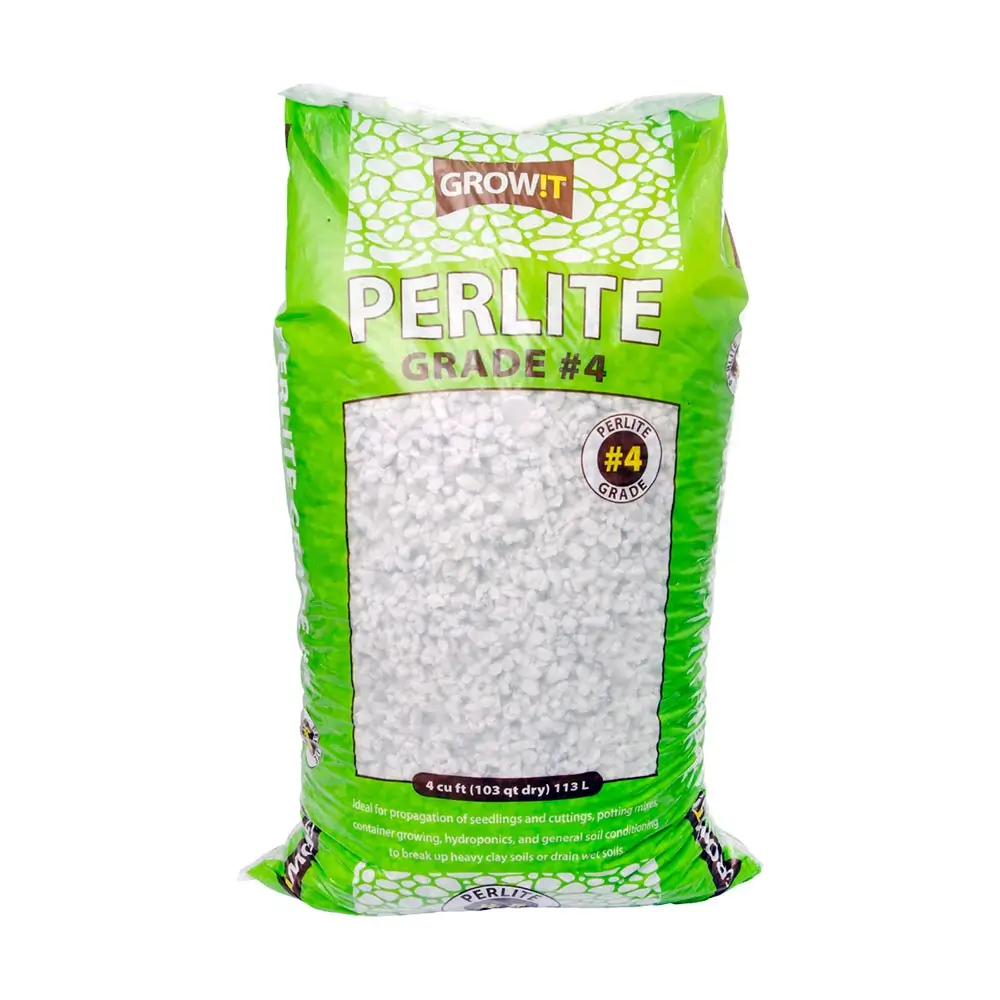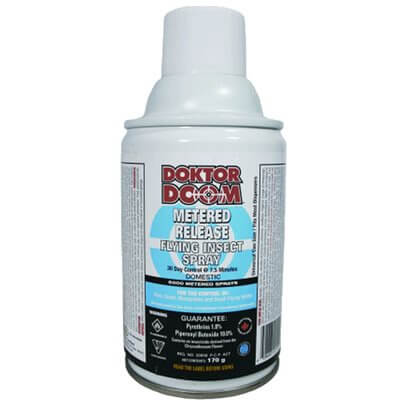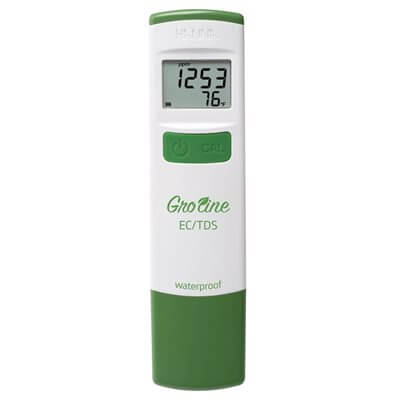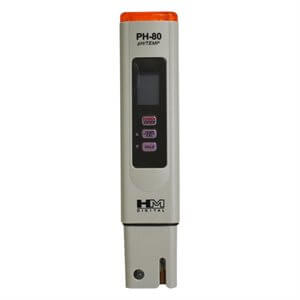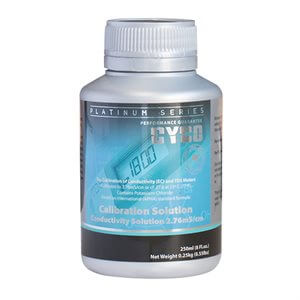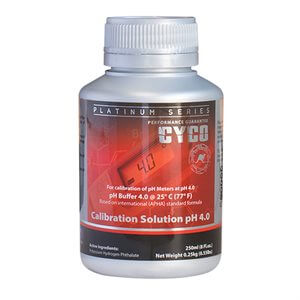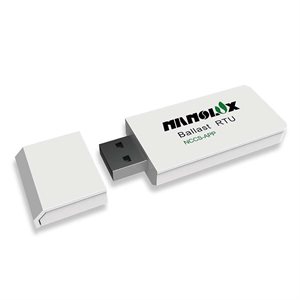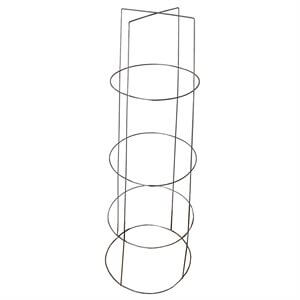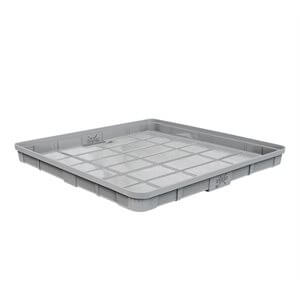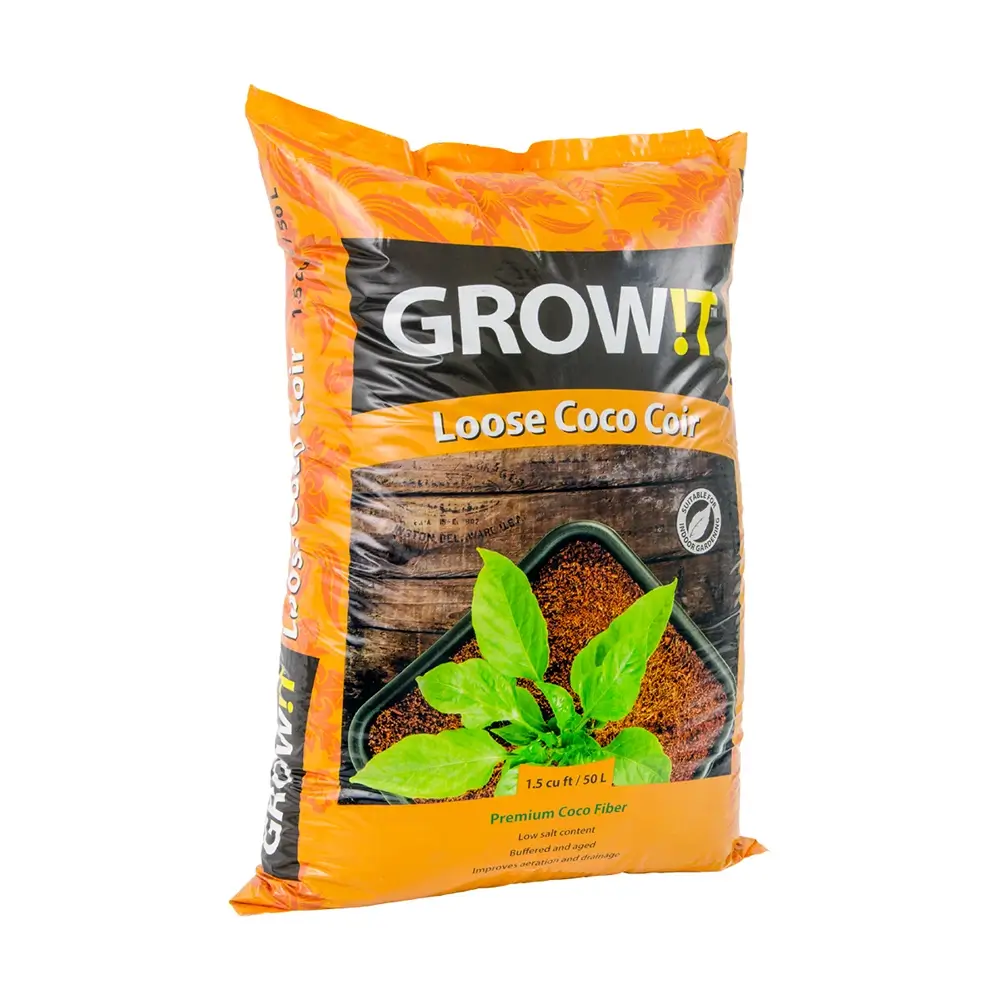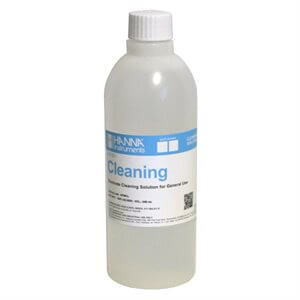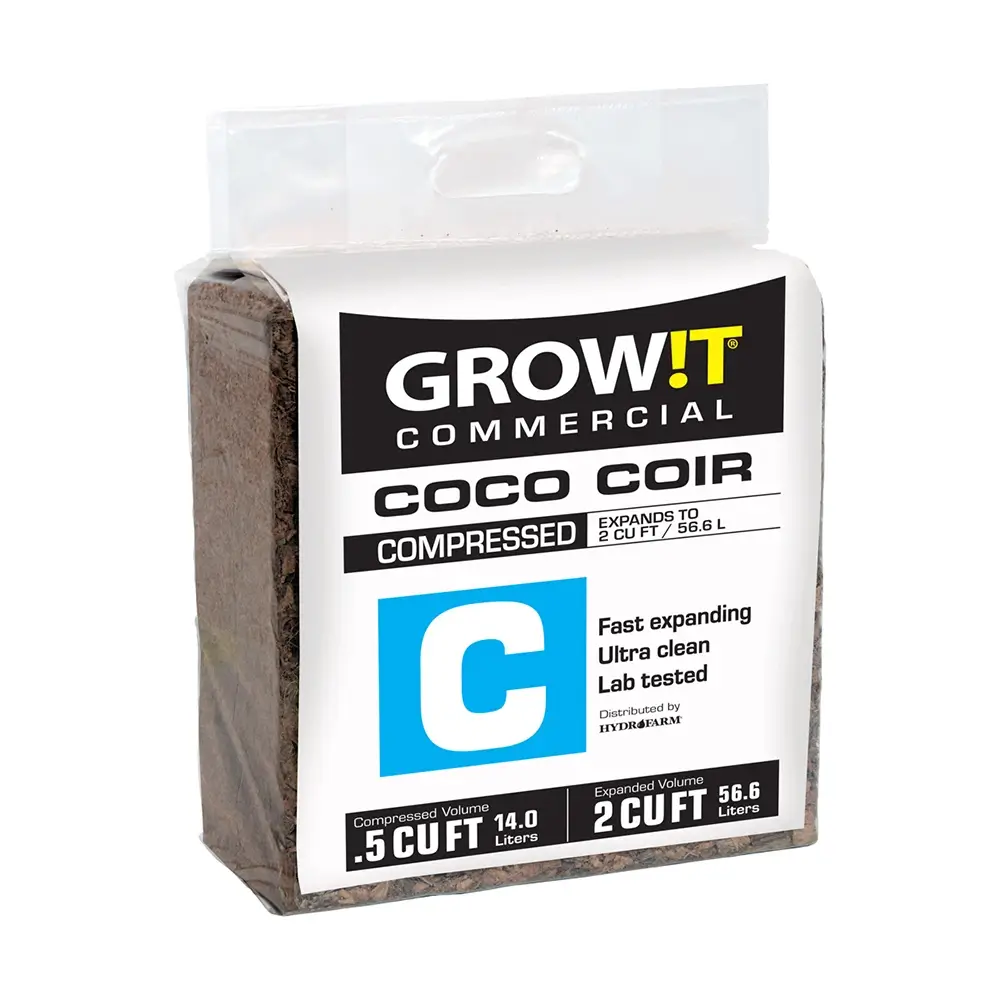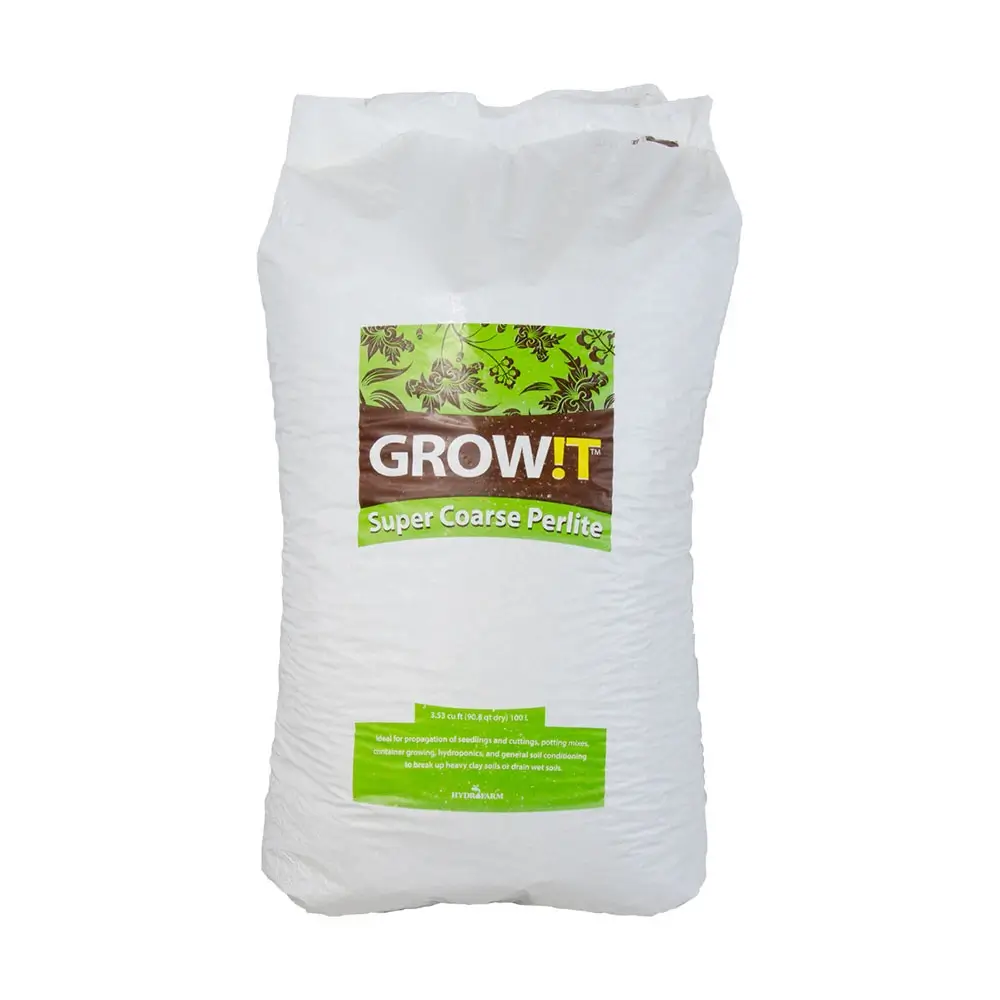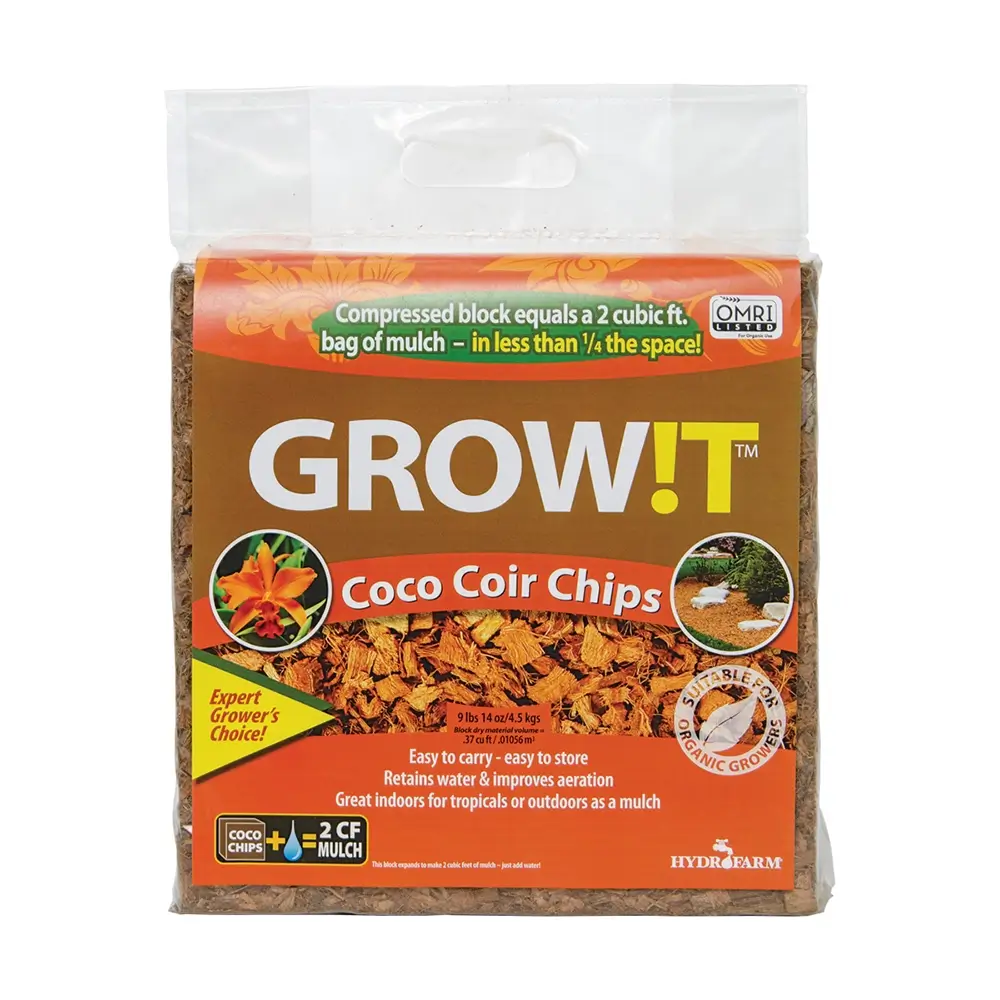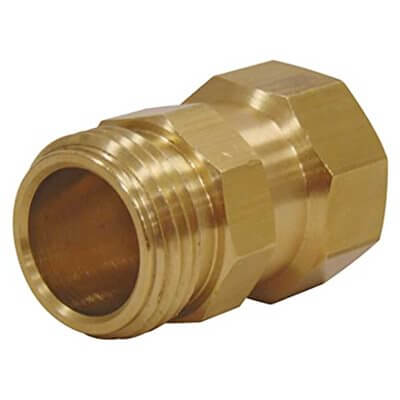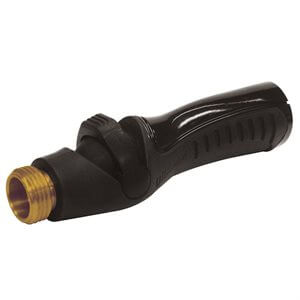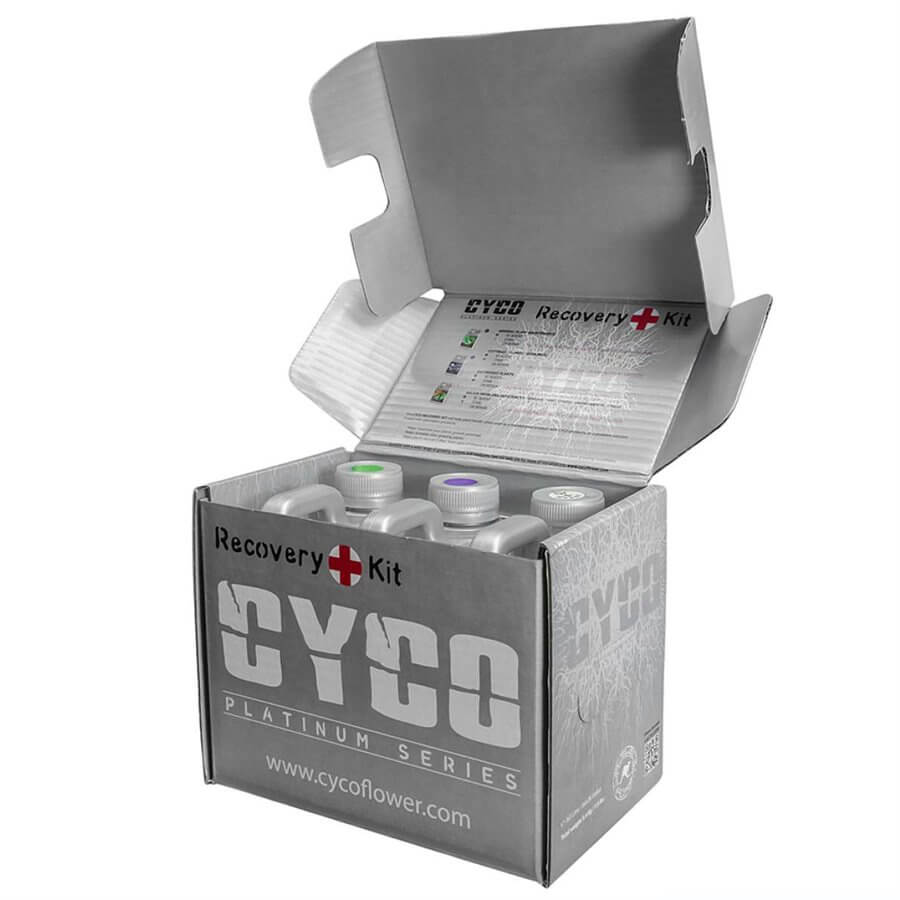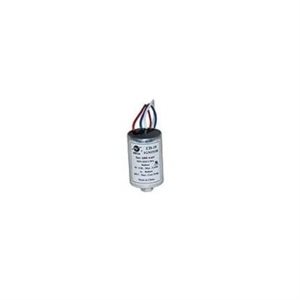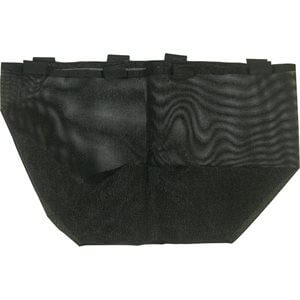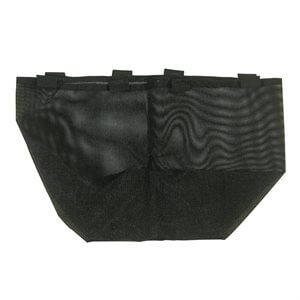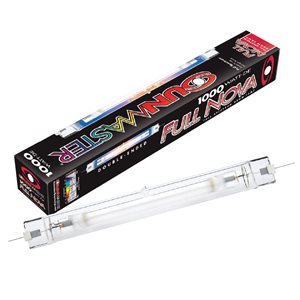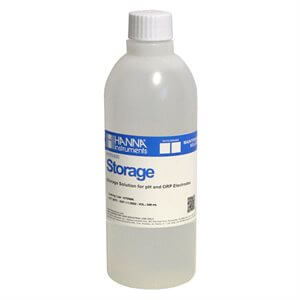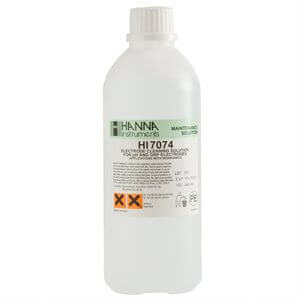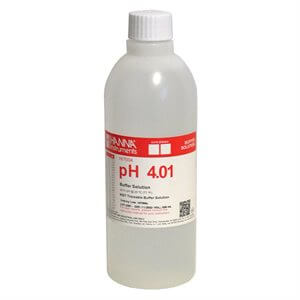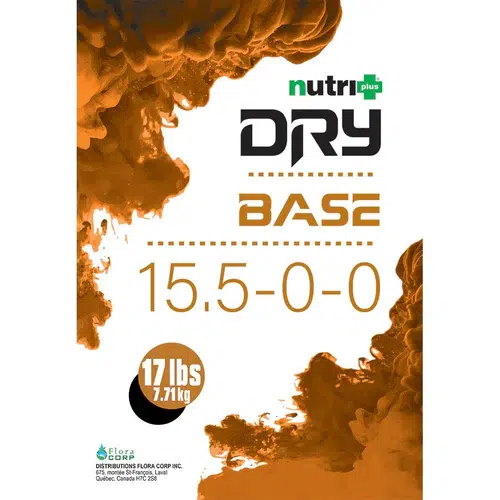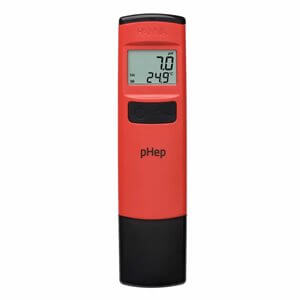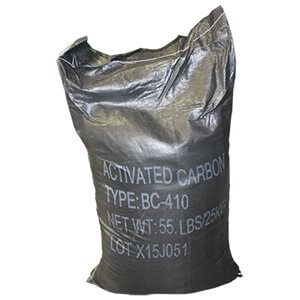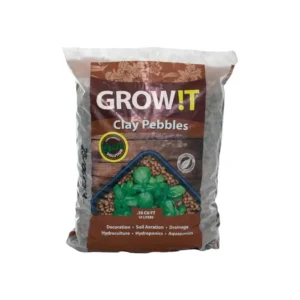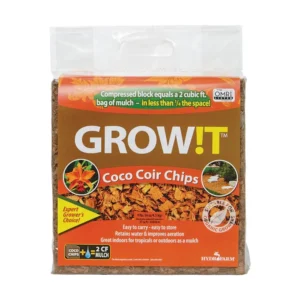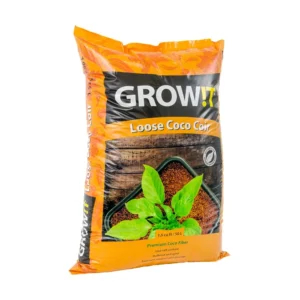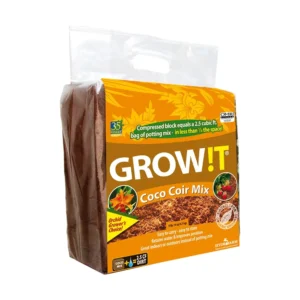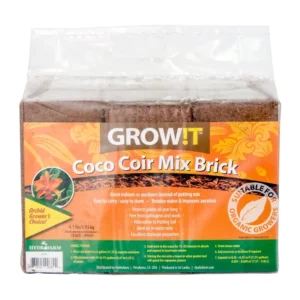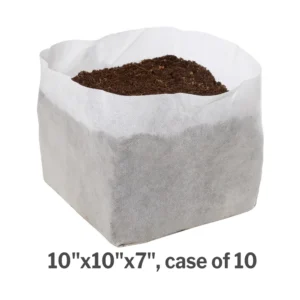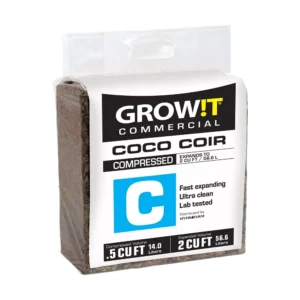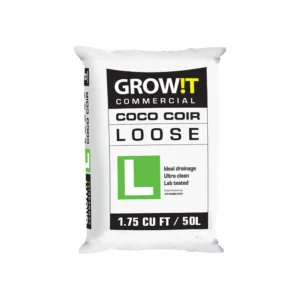Ready to Grow With Coco Coir? Everything You Need to Know to Get Started

Did you know that coco coir is capable of holding up to ten times more water than peat moss?
Even though there are many materials that you can use as growing mediums, nothing compares to coco coir. Not only will it give nutrients to your plants, but it will also help them to retain nutrients. It’s an especially great medium for those who use hydroponic systems.
Despite the many benefits of coco coir, many cannabis growers are not sure how to get started in using it. To help you out, we’ve created a guide. Keep reading and we will tell you everything that is important to know.
What Is Coco Peat?
Coco peat, also known as coco coir, consists of dried shells and fibers that come from the coconut. To produce this material, it’s necessary to chip and shred the coconut husk.
It’s common for hydroponic farmers and gardeners to use coco coir because it offers unique benefits that other kinds of growing materials do not offer. Not only does it do a great job of retaining water, but it helps soils drain. It also keeps them aerated.
It creates a supportive growing medium for the roots of plants because it allows both water and air to stay in the root zone.
If you need to start seedlings or are looking for a growing medium to use in your hydroponic system, coco coir is one of the best materials that you can use.
But you’ll still need to add fertilizer to your plants because coco peat does not contain all of the nutrients that plants need to grow. This is why it’s common for growers to mix coco coir with materials such as peat moss, organic compost, worm castings (vermiculite), and biochar.
It’s also a great idea to mix coco coir with soil if you need to create a potting mix for outdoor plants. It’s common for cannabis growers to add coco peat to their raised beds. This helps add more bulk to the soil while also supporting proper drainage.
Pros and Cons of Growing With Coco Coir
It’s important to know about the pros and cons of growing with coco coir so that you’ll know whether or not it’s a good idea to use it. Here are the top benefits and drawbacks.
Pros of Using Coco Coir
Since you can reuse coconut coir several times before needing to invest in more, it is a more sustainable growing medium to use. Most other growing mediums such as peat moss can only be used once.
It’s also a sustainable option because it’s harvested from the coconut husk. In most situations, coconut growers would choose to throw these husks into the garbage if they didn’t have the option of repurposing them to create coco coir.
You should also know that there is no other material that does better at aerating the soil and holding water. This means that your cannabis plants will be ready to harvest more quickly and will need to be watered less often.
Lastly, coco coir is easy to use and inexpensive. You can purchase it in compressed forms. All you’ll need to do is add water and it will double in size.
Cons of Using Coco Coir
One of the biggest downsides of using coco coir is that it can be difficult to find. But this is less of a problem than it used to be because it’s now possible to buy it on the internet.
Some growers also don’t like using coco coir because it sometimes contains too much salt. If your growing medium has too much salt, it can prevent cannabis roots from uptaking water. But you can easily avoid this problem by buying coco coir that harvesters flush with fresh water instead of saltwater.
It’s also important to recognize that coco coir does not contain nutrients. This means that you’ll need to mix coir with another soil mixture. You’re also going to need to add fertilizer.
Where Does Coco Coir Come From?
Even though coco coir is basically coconut fiber, the fibers need to go through a lengthy process to prepare them for use in gardens. Most coco coir manufacturers will soften the coconut shells and husks by bathing them in water.
Though some manufacturers use salt water to do this, it’s a better idea to use freshwater to avoid adding excess sodium.
Once the husk is softened, the coir gets extracted from it and dried. This can take up to a year. The coir that dries for longer is typical of a much higher quality.
Coco coir manufacturers will then put the coir into bales or bundles before processing them into other kinds of materials such as chips or croutons.
Coco Coir Types: Peat, Bricks, Pots
There are many types of coco coir that you can use to grow cannabis with. Here are some of the best options.

Coco Coir Bricks
Coco coir bricks are made of ground coco coir. Manufacturers compress the ground-up coir into bricks so that they are easier to transport.
To use a coco coir brick, you’ll need to soak it overnight in water. When you do this, make sure to follow the manufacturer’s instructions so that you don’t oversaturate the bricks with water.

Coco Coir Pots
Coco coir pots are sturdy, environmentally friendly, and easy to transplant into the ground. This is why they are an ideal alternative to containers that are made from peat.
Since they encourage faster plant growth, you’ll be flushing and harvesting your cannabis plants very quickly if you choose to grow them in coco coir pots.

Coco Peat
Coco peat is a great aerator because it has so many fibers that let oxygen move from the medium to the root zone. It’s important to bring plenty of oxygen to the roots of your plants so that they are able to properly grow.
Coco Starter Plugs
Coco starter plugs, also known as incubator plugs, are a convenient format for germination and cloning. These small plugs can easily be transplanted intact to a larger coco brick or peat mix. Most experienced coco coir growers use coco starter plugs because they are easy to use, and make the process of transplanting much quicker.
Coco Chips
It’s best to use coco chips if you want to encourage soil drainage. But coco chips are also capable of storing lots of water.
How to Grow with Coco Coir
Despite what many people think, it’s actually quite easy to use coco coir. The first thing you need to do is figure out what medium you’re going to use for your grow setup. If you have a feeding setup or a bucket hydroponics system, it’s a good idea to mix coco coir with perlite.
Start by mixing your coconut coir and perlite together. The amount of perlite that you add to your plants will determine how many nutrients you will give to your plants. If you add more perlite, the coco peat won’t be able to hold as many nutrients.
Those who are using hydroponic systems should aim to have a three-to-one mixture of coco coir to perlite. Just remember that if you’re using more than thirty percent perlite, you’ll need to water your plants more frequently.
It’s a good idea to rinse fresh coco coir with fresh water before using it so that you can get rid of stains that it might have. Those who are planning on using coco bricks should first soak them. You should then let them dry and break them up.
You’ll then need to fill your grow pots, add your desired plants, and water them right away.
Pro Tips for Growing Cannabis in Coco Coir
Skilled cannabis growers understand the importance of preparing a grow substrate when they are growing with coco coir. Since coir naturally has a high sodium and potassium content, it’s a good idea to treat it with a Ca-Mg solution before using it.
Since cannabis growing substrates require lots of aeration, you should also make sure to add perlite and vermiculite. The top layer should have a coco-perlite blend of seventy percent coco coir and thirty percent perlite. Add more perlite if you are growing a new cloner.
When you’re watering potted plants that contain coco coir, make sure that you continue adding water until ten to twenty percent of the water drains from the bottom. Those who are using a hydroponics system should irrigate the coir at least every five hours.

Coco Coir vs Rockwool? Which Is better
If you’ve been trying to decide between growing with coco coir vs rockwool, keep in mind that Rockwool is manufactured from rocks that are melted down. This means that it is a synthetic material.
Consider choosing Rockwool if you are using a hydroponic system. This is because Rockwool is able to absorb more water. But keep in mind that coco coir drains more effectively.
If you are looking for a growing material that is sterile, it can be a good idea to use Rockwool. On the other hand, you should use coco coir if you prefer to use a growing medium that is sustainable and environmentally friendly.
Coco Coir vs. Potting Soil? Which Is better
When you’re looking at the downsides and benefits of using coco coir vs soil, it’s important to know that soil is not as effective at aerating the roots of cannabis plants. This is because it is much denser than coco coir.
If you want to grow your plants as quickly as possible so that they’re ready to harvest and trim, it’s important that the roots of your cannabis plants are properly aerated. This means that it’s a good idea to grow your plants with coco coir.
Frequently Asked Questions
How to Test pH in Coco Coir?
It’s easy to test coco coir ph. All that you need to do is find a 250 ml measuring cup and 150 ml of de-mineralized water. You’ll then need to add enough coco coir to reach the 250 ml mark.
Mix the water and coir together and let the mixture sit for at least two hours. Mix it once again and measure the PH.
Can Coco Coir Be Cleaned and Reused?
Unlike other substances such as peat moss, it’s totally okay to reuse coco coir. In fact, most gardeners and farmers will reuse it several times. The reason that you can reuse coco coir is that coconut fiber has a type of organic polymers that give structure and support to cells.
This is why coconut fiber has such a coarse and rigid feel to it.
How Do I Expand Coco Coir Blocks That Are Compressed?
There are several methods that you can use to expand coco coir blocks. You can place the dry coco blocks in an outdoor space and spray them with a hose until they are loose enough to break up.
If you have a full pallet of blocks that you need to expand, you can stack them together and spray them with a hose until they are wet. After letting them sit for about half an hour, you can then break them apart.
Where to Buy Coco Coir in Canada?
It’s a good idea to use coco coir to grow cannabis because it does a great job of holding water and of providing aeration to the roots of plants. Some of the most popular forms of coco coir include coco bricks, coco pots, and coco peat.
Do you need help to start growing with coco coir? If so, we are here to help. Please don’t hesitate to contact us for anything you might need.
-
GROW!T Clay Pebbles
$25.95 – $69.95 -
GROW!T Coco Coir Chips 2cuft
$27.95 -
GROW!T Coco Coir Loose 1.5cuft
$26.95 -
GROW!T Coco Coir Mix Block 2.5CuFt
$25.95 -
GROW!T Coco Coir Mix Brick 650g
$11.95 – $56.95 -
GROW!T Comm Coco RapidRIZE
$111.95 – $184.95 -
GROW!T Commercial Coco Choir Bale 5kg
$34.95 -
GROW!T Commercial Coco Loose 1.75CuFt
$35.95
Get the Most Out of Your Harvest
When growing cannabis, flushing plants may seem like a complicated procedure, but it gets a lot simpler once you know the fundamentals. In addition, taking time to research each step in detail pays off in the long term when you reap the benefits of a yield of the highest quality. So why would you settle for less when you can take your growing to new levels.
If you’re interested in all things cannabis, get in touch with us so we can chat.
